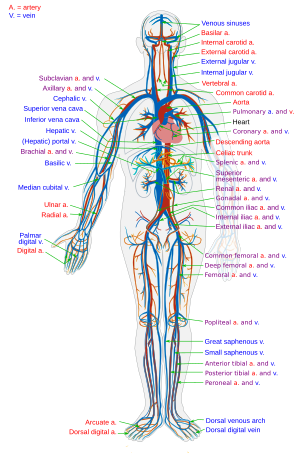Experts have developed a new variety which contains as little as two or three seeds in each fruit, compared to the usual 15 to 30.
The new variety is known as the KinnowLS - the LS stands for low seeded.
It is the eighth citrus variety developed in the past ten years by scientists at the University of California at Riverside. They describe the fruit as slightly larger than a mandarin, with a thin, extremely smooth rind. They say that each fruit contain 10 to 11 segments, which are fleshy and a deep orange in colour.
The orange has been developed developed by mutation breeding of the mandarin variety Kinnow, a mid-to-late season maturing variety.
Professor Mikeal Roose, head of the Department of Botany and Plant Sciences and part of the team which developed the new fruit, said: 'People who like very sweet fruit are going to find ‘KinnowLS’ to be very appealing.
He said yet another attractive quality of ‘KinnowLS’ is that it can be grown in California’s desert regions because the fruit, which matures between February and April, does well in hot climates. Its predecessor, Kinnow is the most important mandarin in the Punjab regions of India and Pakistan, where the fruit's trees constitute about 80 percent of all citrus trees.
Growers in India and Pakistan will have to wait a few years, however, before ‘KinnowLS’ trees develop roots there. Currently, there are plans to start distributing ‘KinnowLS’ in June to nurseries in California.
The new variety is known as the KinnowLS - the LS stands for low seeded.
Seedless: The KinnowLS (left) developed by scientists appears to have no pips whereas the a normal Kinnow (right) could contain as many as 30.
The orange has been developed developed by mutation breeding of the mandarin variety Kinnow, a mid-to-late season maturing variety.
Professor Mikeal Roose, head of the Department of Botany and Plant Sciences and part of the team which developed the new fruit, said: 'People who like very sweet fruit are going to find ‘KinnowLS’ to be very appealing.
The scientists say the fruit is slightly larger than a mandarin, contains 10 or 11 segments and has a thin, extremely smooth rind.
He said yet another attractive quality of ‘KinnowLS’ is that it can be grown in California’s desert regions because the fruit, which matures between February and April, does well in hot climates. Its predecessor, Kinnow is the most important mandarin in the Punjab regions of India and Pakistan, where the fruit's trees constitute about 80 percent of all citrus trees.
Growers in India and Pakistan will have to wait a few years, however, before ‘KinnowLS’ trees develop roots there. Currently, there are plans to start distributing ‘KinnowLS’ in June to nurseries in California.

















